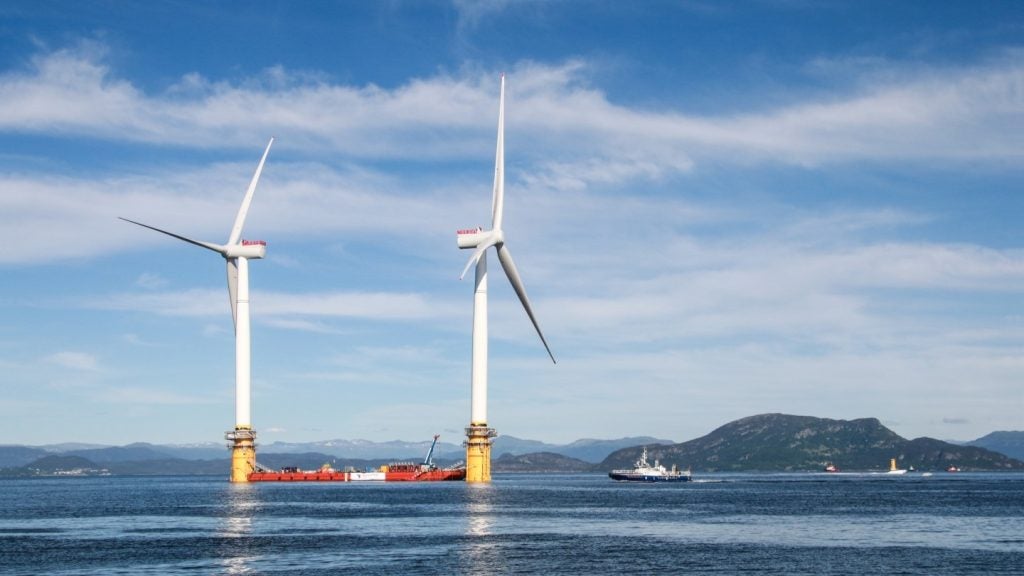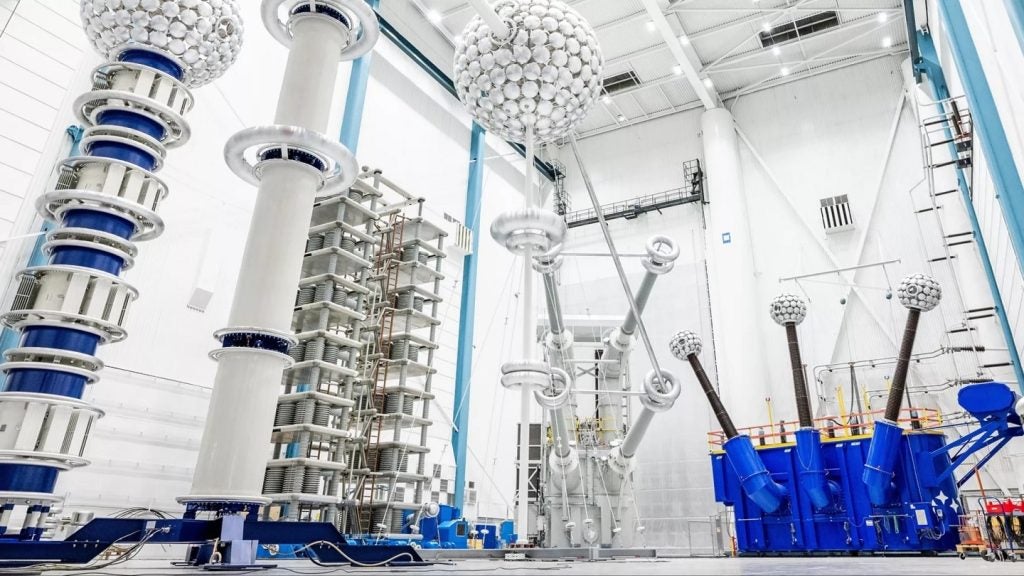
Blockchain investment in the energy sector is expected to reach above $5.8 billion by 2025 – and the key to optimising the consumption, demand and management of power is likely to be the role played by microgrids.
What are microgrids and how do they work?
A microgrid is a form of distributed generation that offers efficient energy management, security of supply, redundancy and back-up power to safeguard against outages.
Microgrids are primarily distribution level networks connecting various energy resources. These include distributed generation assets such as microturbines, fuel cells, photovoltaics and energy storage, in addition to flexible load and demand management systems.
Microgrids can be customised to cater to the power demand and can be scaled to a discrete operation, such as a business park, college campus, healthcare complex, mine, military facility, neighbourhood, or critical municipal services.
The most notable feature of a microgrid is its ability to enter ‘island mode’ or operate independently of the central grid. This is done by means of sensors, controllers and master software manager that disconnect the microgrid from the power grid when it senses that the grid is failing.
This ensures the functioning of the microgrid without being part of the grid failure. The global microgrid market size is estimated to grow at a compound annual growth rate of 15% between 2018 and 2022 and is expected to reach $30 billion by 2022.
How well do you really know your competitors?
Access the most comprehensive Company Profiles on the market, powered by GlobalData. Save hours of research. Gain competitive edge.

Thank you!
Your download email will arrive shortly
Not ready to buy yet? Download a free sample
We are confident about the unique quality of our Company Profiles. However, we want you to make the most beneficial decision for your business, so we offer a free sample that you can download by submitting the below form
By GlobalDataHow does the blockchain microgrid work?
A key development being witnessed in recent times is the blockchain microgrid. As the market liberalises and renewable energy grows, blockchain offers an effective way to handle the increasingly complex and decentralised transactions between users, large and small-scale producers, retailers, traders and utilities.
Blockchain technology is a distributed, digital ledger used to record and track transactions. It uses sophisticated algorithms to validate, encrypt, and instantaneously record transactions for virtually anything of value in a secure and decentralised manner.
Blockchain microgrid is still an emerging approach, but it is being piloted in Brooklyn, New York and at certain university campuses in the UK. The technology is more like a peer-to-peer and peer-to-market wherein it not just facilitates a transaction between two individuals, but also creates neighbourhood-wide markets in which local energy can be traded within a specific virtual or physical microgrid.
The technology also allows households and businesses to trade energy directly, bypassing a utility or other central authority. There are more than 150 companies reportedly developing blockchain energy tools. Most participants in the nascent market are developing tools for peer-to-peer energy transactions.
Other types of transactions for blockchain may include trading renewable energy credits or wholesale energy. There are now over 100 demonstration projects deployed or planned around the world in the electricity industry alone. Energy-focused blockchain startups raised over $300 million between Q2 2017 and Q1 2018, both from venture capitalists and through initial coin offerings.
Most of the money raised is toward the transactive energy space, where companies are using blockchain to verify and execute peer-to-peer transactions more rapidly. Industry experts expect that the blockchain investment in the energy sector would reach above $5.8 billion by 2025.
Blockchain investment in the energy sector
LO3 Energy, Siemens: Brooklyn Microgrid project
LO3 Energy, a young New York company, along with Siemens Digital Grid and Siemens’ startup financier next47, is working on the Brooklyn Microgrid project. In this project, the neighbours are empowered to produce, consume and purchase power within their community with a blockchain enabled transactive energy platform.
LO3’s transactive energy platform is based on a decentralised, web-based bookkeeping system that uses cryptographic technology to save data in a way that is inexpensive and forgery-proof. For example, it can ensure that users receive original replacement parts because it can seamlessly retrace a part’s journey back to its origins with the help of an RFID chip and the blockchain. The technology timestamps each transaction as a chain of secure blocks and allows every energy transaction to be documented.
LO3 has recently launched Exergy, a tokenised blockchain platform as part of the Brooklyn project, that is globally scalable and that could support the energy marketplaces of the future. LO3 has developed its own IoT hardware, which possesses both a meter and control function, to make it possible to collect grid-edge energy data, not limited to consumption and production in homes or offices and including other useful information to enable services like local balancing or voltage control.
The meters require users to ’stake’ or assign a number of ‘tokens’ to access the local Exergy blockchain and participate in the local marketplace. Once done, the blockchain architecture allows their data to be securely exchanged through market transactions based on their energy preferences which they can set and change via a smartphone app.
Electron, EDF
Another firm, Electron is leveraging blockchain technology to help enable partnerships on the grid. Blockchain plays a key role when companies have shared infrastructure. Electron, in a collaboration with French energy giant EDF, has brought peer-to-peer electricity transactions to a block of flats in London that has solar panels, owned by the landlord, installed on the roof.
Power Ledger
Power Ledger, an Australian startup which raised AUD$34 million ($26 million) in an ICO, is building platforms to enable commercial operation of microgrids in Thailand and India and two commercial buildings in West Australia. It also recently launched a 200-customer trial microgrid with power retailer Origin Energy in Sydney.
Energi Mine
Energi Mine, a UK-based startup, has created a blockchain-based platform to reward energy-saving users with tokens they can use to pay their energy bills or charge their electric vehicles. A Singapore company called Electrify has been running a price comparison marketplace as the country liberalises its electricity market. Electrify plans to launch a blockchain-based exchange for all consumers and producers next year, and is in discussions with one of Japan’s biggest utilities to launch such exchange in Japan.
Grid+
Grid+, a US startup, will launch its first retail device next year in Texas, using the Ethereum blockchain to allow users, whether they are traditional consumers or owners of solar panels and batteries, to buy and sell electricity at wholesale prices.
However, with the scale of investments expected in the blockchain technology in the energy sector, it is essential to have a regulatory framework that can monitor and support the efficient functioning of the system. In New York State, such a framework is provided by “Reforming the Energy Vision”. The platform’s objectives are to minimise the vulnerability of the power supply system, to use more sources of renewable energy, and to reduce costs.
The Brooklyn Microgrid is a good test case for these objectives. In a nutshell, a microgrid is a nucleus that sets the stage for an energy future consisting of networks of energy cells and Blockchain supports this process by making it much easier to conduct energy trading within cells.
Siemens Digital Grid, next47, LO3 Energy and other companies believe in the potential of blockchain-based microgrids, as it can be used wherever there are decentralised energy sources.








Related Company Profiles
ELECTRON SA
ICO, Inc.
Electrify Pte Ltd
Energi Mine
Brooklyn Microgrid Corp